On November 3rd 2013, I had the pleasure of re-launching VAYU-1 from a local location, Shenstone Park. I chose this location because it is in very easy reach of my home but mostly because it is relatively high against the surrounding terrain. In fact, it is part of a hill that gives me problems when tracking HABs to the north and north west. There are several hazards such as power pylons nearby but Shenstone Park is above them.
I prepared the balloon and payload over the hour leading up to the designated 12:30pm launch time whilst I waited for my friend Graham and his son Sebastian to arrive. This gave me time to carefully fill the 36in foil balloon with Helium to the point of buoyancy. I had previously weighed the payload and found it to be 38.7g. I added enough helium so that the balloon just lifted this weight. However, conditions were very blustery outside and I was concerned that without enough lift, the balloon wouldn’t clear the local obstacles upon launch so before leaving, I did give it some more helium. Graham and Sebastian arrived at around 12:15 and after a quick chat, we set off to the launch point. Although within walking distance, Graham drove us to avoid unnecessary strain on the balloon and payload. Within a minute or so, we were there. We parked in Old Road and entered from the top of the park. We made our way to a likely spot (indicated by the green arrow on the image above).
Unlike the Youlbury launch, I had managed to fill a couple of standard latex ‘party’ balloons with helium to act as tests, and this time we used them. The first test did manage to show us the wind direction but didn’t have enough lift to clear the surrounding fences, however it allowed us to fine tune our launch position to take advantage of a dip in the surrounding greenery towards the buildings in the corner of the park. I did attempt to set up a uStream channel before the launch but my unfamiliarity with the system meant that no one got to see it. For some reason, it didn’t record the launch either. Perhaps I should have recorded it manually and uploaded it later.
I remembered the experience of the Youlbury launch and how Dave Akerman waited for a lull in the wind before giving me the instruction to launch. Once ready, it took several minutes of waiting for the right window. While we waited, some interested onlookers, walking their dog, passed by but didn’t ask what we were doing. Finally, the wind dropped sufficiently for launch and at last, VAYU-1 was airborne!
We watched as it climbed and hoped it wouldn’t get caught in any of the surrounding greenery. It didn’t and kept climbing. It was a great feeling to see VAYU-1 disappearing towards the clouds. I hadn’t brought any tracking equipment with me so I was trusting the payload to have a good GPS lock. It did have as it turned out.
Graham, Sebastian and I made our way back home to evaluate whether or not to chase over a cup of tea. It was soon apparent that I had given VAYU-1 a little too much helium to land in the UK and was predicted to end up in mainland Europe. The signal from the payload was very strong, stronger than I expected even though we were relatively close. We followed VAYU-1’s progress on SpaceNear as it crossed the Thames multiple times.
By this time, there were a few receiving stations and my own station was getting a fine signal. I feed the audio from an FT-857D into my PC to track. The frequency was good, just a few Hz below the designated 434.300Mhz at 434.299.87MHz. I had set the SpaceNear filter to only display VAYU-1 to keep the display clean. As it made it’s way parallel with the Thames, VAYU-1 climbed steadily with a few dips from turbulence. I was very pleased with it’s progress. All the while, I was chatting to the HAB community in the IRC channel #highaltitude Someone joked that I’d beaten my previous distance record already (1.44 kM on the first launch).
Progress was good and Wouter PA3WEG in the Netherlands was now receiving good telemetry.
The prediction that SpaceNear provided fluctuated quite a bit from Germany to Poland and back. I would have been happy to get my payload into another country. Sadly, at around 13:38, VAYU-1 started a fast decent. I was amazed how fast it was coming down, reaching over 10 Meters per second at one point. Had the balloon burst? The frequency had changed dramatically for a few seconds but re-settled back to 434.299MHz
We watched as the receiving stations slowly lost the signal and finally F5APQ received the last telemetry. Despite what seemed a premature end to the flight, I had enjoyed the whole process and was very happy with the height and distance attained this time around. Graham and Sebastian were also very positive about the experience.
While I was collecting screenshots and enjoying the moment, Felix DL1SGP sent me a message on IRC stating that a plane had come very close to VAYU-1’s path. He later produced a graphic produced with Google Earth to show just how close it came.
The markings in blue are VAYU-1 and the dark track is Turkish Airlines flight THY1963. As you can see, it was a close thing. Quite possibly, VAYU-1 was affected by the plane’s turbulence, enough perhaps to burst the foil balloon. A dramatic end to my first successful flight.
I went to FlightRadar24 and looked up THY1963, re-ran the flight track and paused it at the point where VAYU-1’s telemetry was lost. I overlaid the Google Earth graphic and compared the altitudes. Although cut short, I’m still very pleased with how it all went. I’m only disappointed that Felix and others didn’t get to track VAYU-1 on the day. Whether the balloon burst naturally or if THY1963 had anything to do with it, it was a great experience, and one I wish to repeat.
VAYU-2 is pretty much ready, although I’d like to add some more data to the telemetry. I have also ordered the VAYU-NTX pcbs that utilise the more stable NTX2b transmitter module in place of the RFM22b.
With thanks to Felix DL1SGP for the Google Earth KML files.

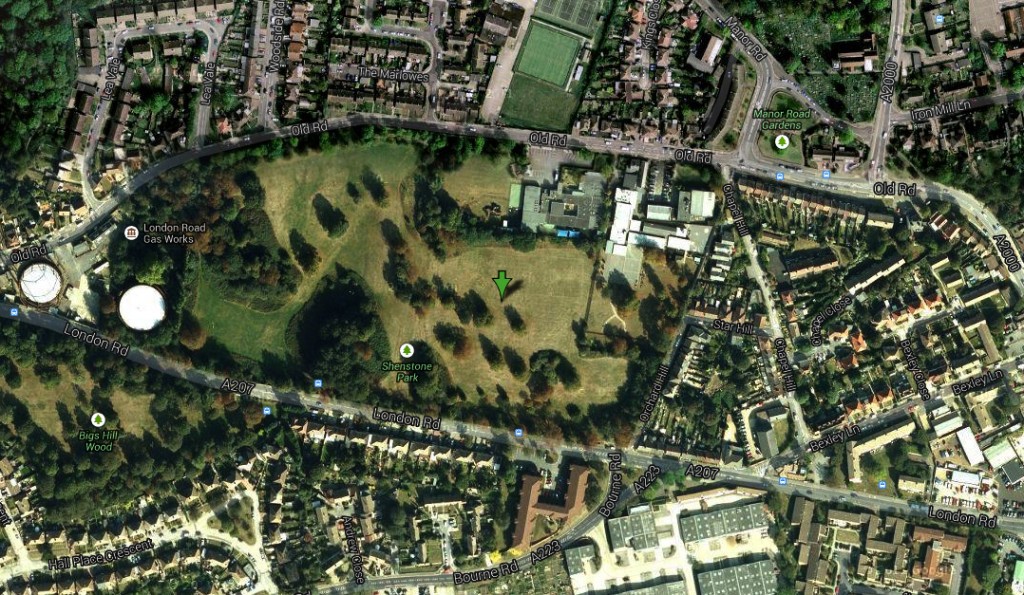
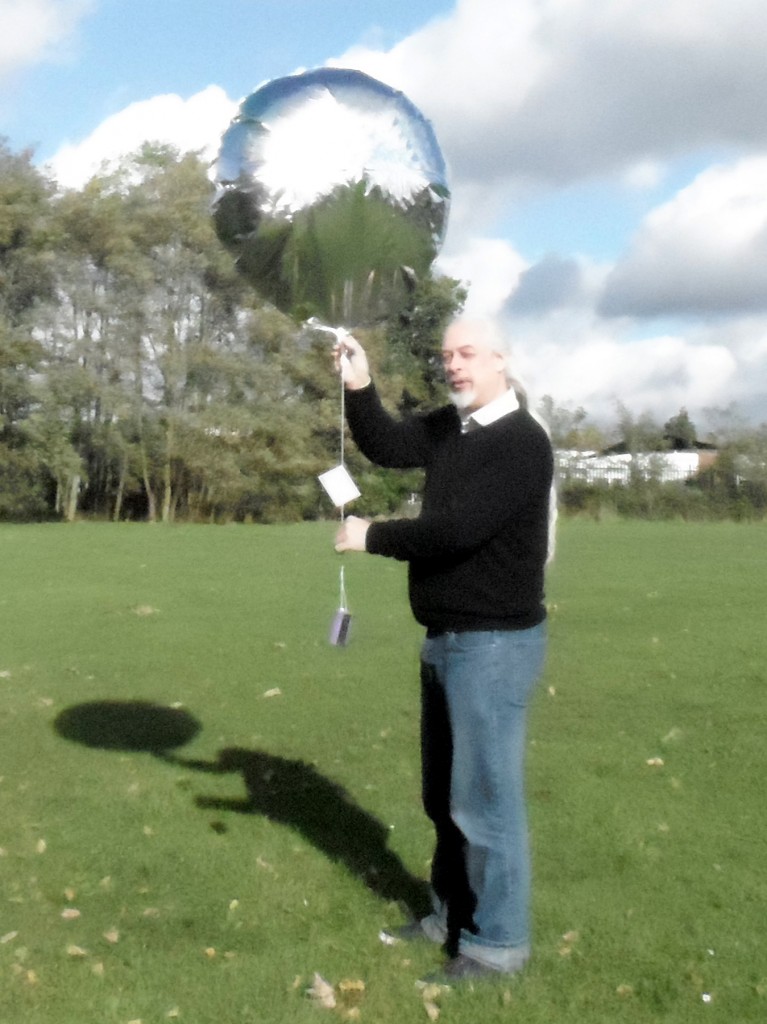
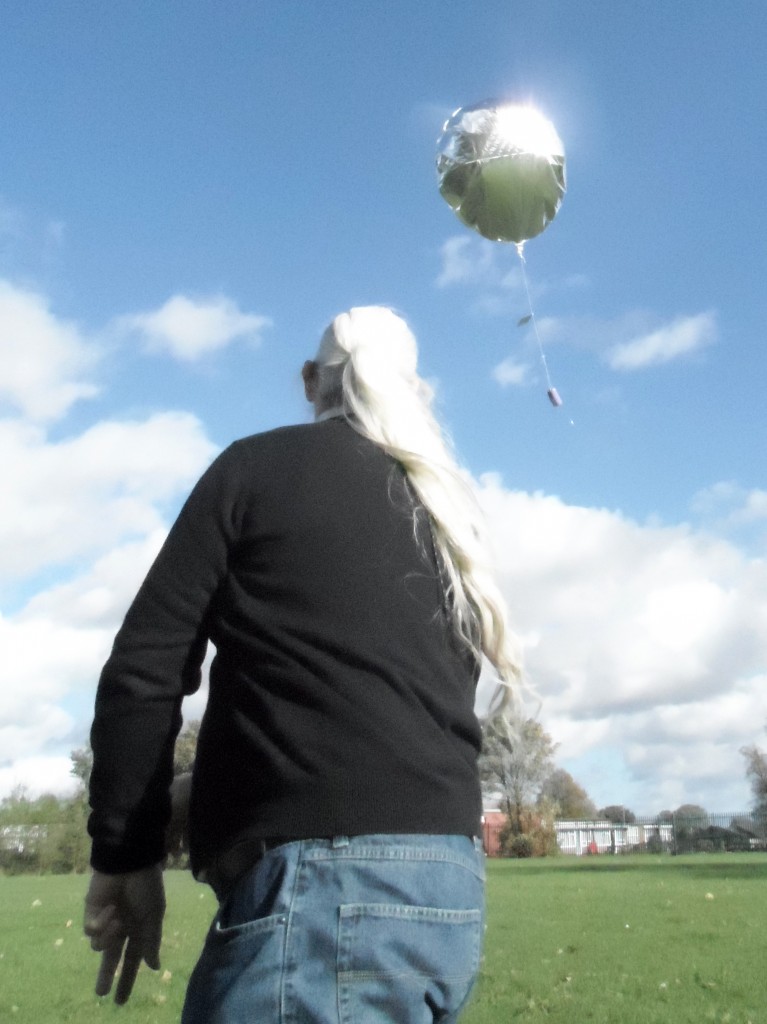
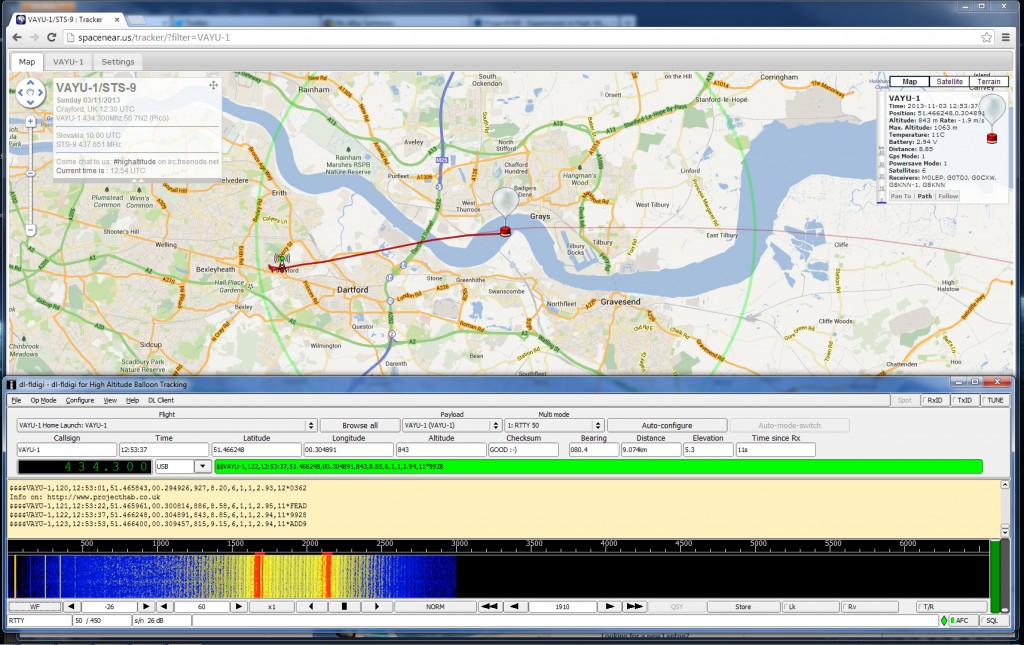
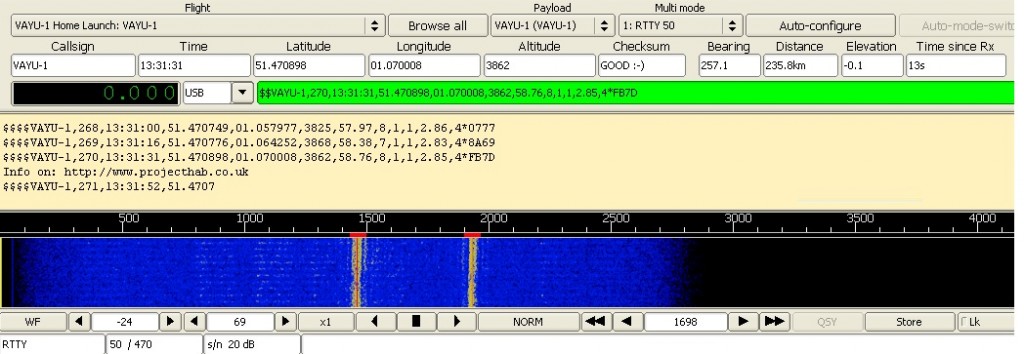
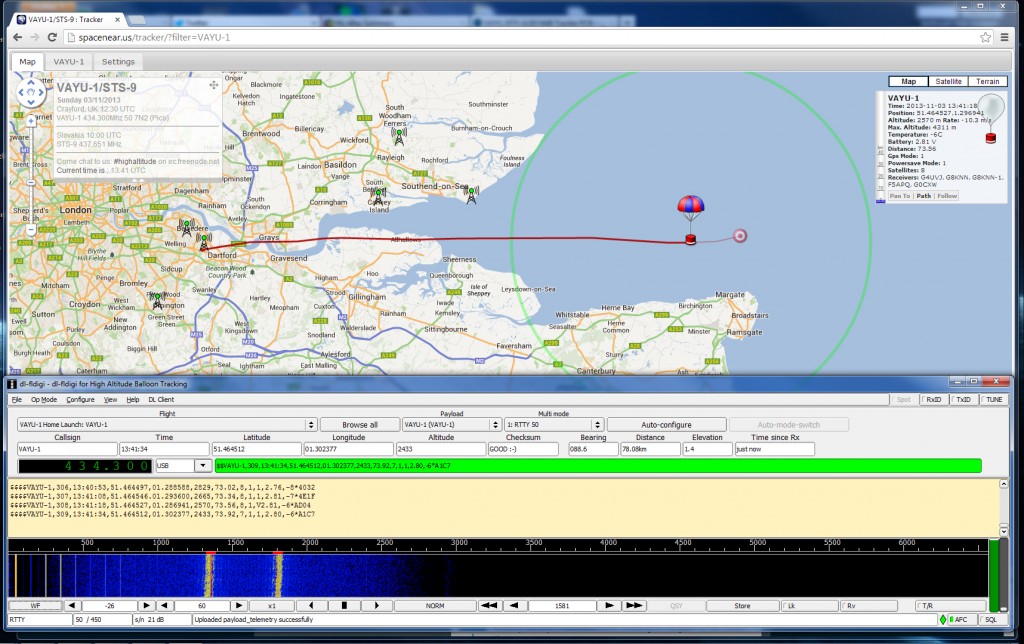
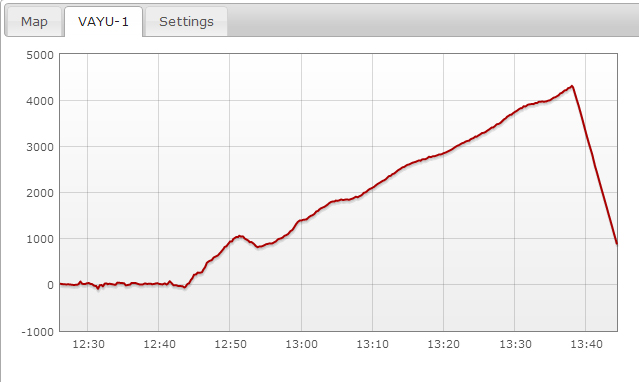
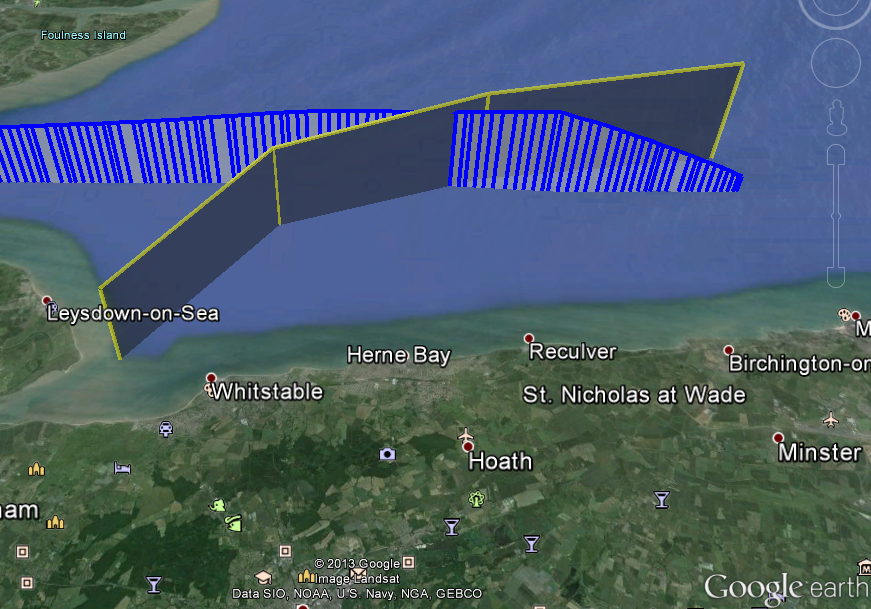
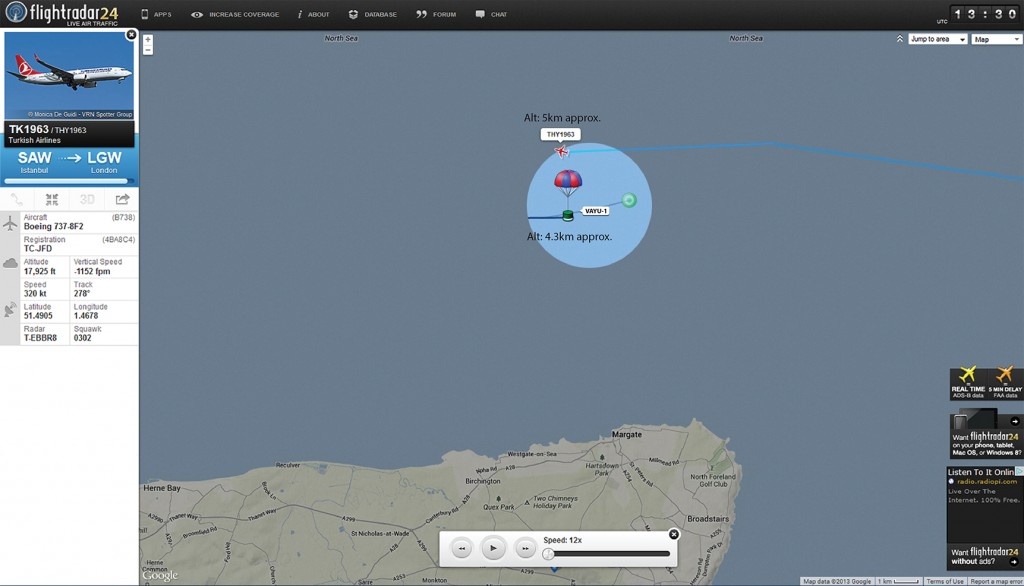
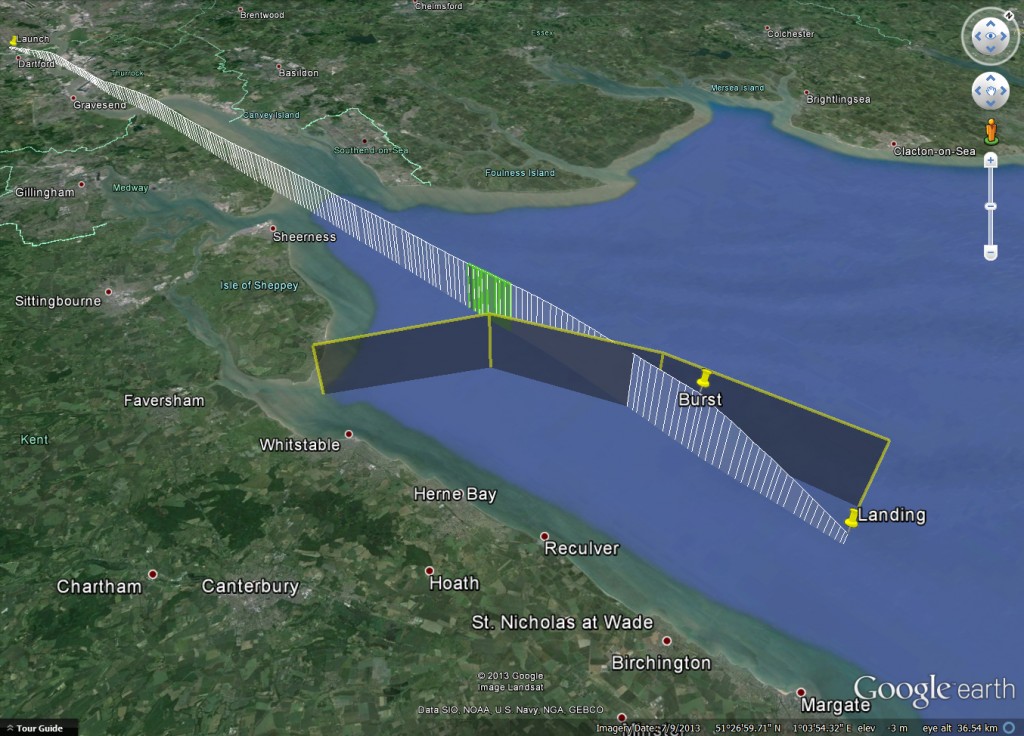
You must be logged in to post a comment.